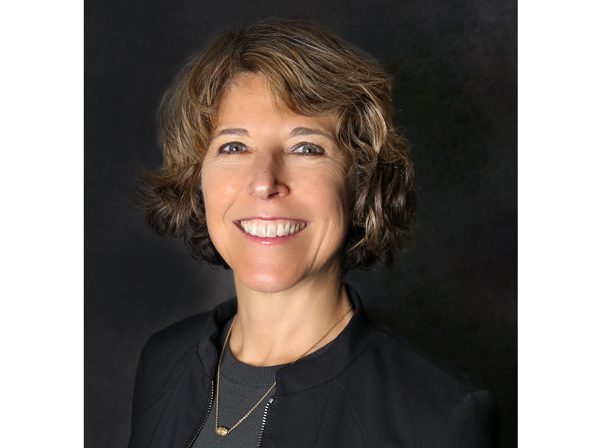
Click to learn more about author Anne Hardy.
When dealing with gender inequality in the IT industry, the problem must be acknowledged, understood, and ultimately fixed by creating an all-inclusive core culture encompassing your entire organization. It is our differences that make us stronger leaders. Diversity leads us to more creativity and success because great minds do not think alike. Women in technology have the power to transform the world for the better, but only if we are included.
Educate to Recruit
Education is a crucial ingredient to empower women in the tech industry. Unfortunately, we have never broken out of the “toys for the boys” perception of computer science. This perception has to change.
As a software engineering student, most of my teachers were men. The lack of female role models in STEM is a contributing factor to why so few women pursue the field. One way to change this is to incorporate more female role models into the education process, inviting guest speakers to classes or students into companies with a strong female leadership team to cultivate a sense of belonging in the industry.
We also have to consider education from the perspective of the corporate culture. In a heavily male-dominated industry, women feel like second-class citizens, taking a backseat to their male counterparts. If women feel like they are part of the team, the gender gap only widens, which further separates the female workforce into indigenous silos.
In my first research and development department, I was surrounded by men. Hiring and retaining women must be a company-wide vision that is encouraged and balanced across multiple levels. If you are looking to recruit women for a tech role, advertise where tech women look. To find qualified female applicants, focus on recruitment through local women’s organizations and women’s employment websites and social media, and investigate job boards and career fairs at women’s colleges. For example, work with organizations like TechGirlz, Women Who Code, and more.
Creating a Path for Growth
Many times in my career, I’ve been the only woman on the team. I would often hear from my male peers, “Anne, you’re probably not technical enough to understand this.” While typically unintentional, this prejudice can stunt women’s career growth, as their peers and managers see them as less competent.
Women need advocates and sponsors to help their peers and their superiors recognize their high-performing potential in the IT industry. Men should take an active role here, as they are more often listened to in this industry. Using the platform they have, male peers and managers in technology can help bring women up along with them.
Exemplifying with a Sense of Belonging and Community
Women need to have a place to discuss industry and workplace challenges. Among the many groups, associations, and events available for women, IEEE Women in Engineering, is one of the largest international professional organizations dedicated to promoting women engineers and scientists and inspiring girls worldwide to follow their academic interests to a career in engineering. One of my favorites pre-Covid was The Grace Hopper Celebration (GHC) of Women in Computing, the world’s largest gathering of women technologists. It was amazing to be surrounded by so many powerful women with strong voices in the tech industry. Our future must mirror the people and societies for whom they build it. Incremental change creates more opportunities for women in tech, but there are still many roads to cover and inspire women to travel.
IT organizations shouldn’t just go through the motions of acknowledging gender diversity. The evolution of acceptance and equality only works when the powers that be genuinely want it to happen. It should be natural. As a CISO, I don’t want to see gender equality used as a platform to make organizations look good for their investors or customers on the surface. The appropriate mindset for gender equality must start from within the organization itself. Key leaders should live and breathe the belief that men and women are equal in the workforce.
